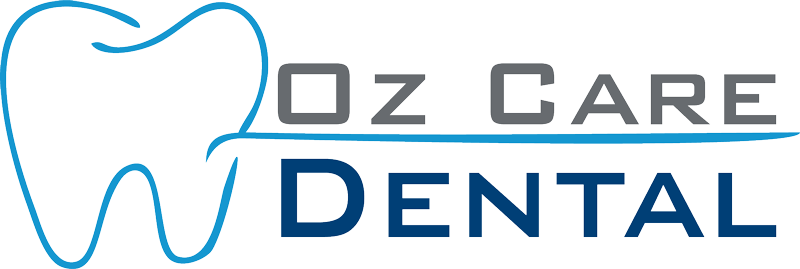Frenectomy: Understanding the Procedure and Its Benefits
A frenectomy is a minor oral surgical procedure that involves the removal or modification of the frenum, a small fold of tissue that prevents an organ in the body from moving too far. In dentistry, this procedure is commonly performed on the labial frenum (which connects the upper or lower lip to the gums) and the lingual frenum (which connects the bottom of the tongue to the floor of the mouth). This blog post will explore the reasons for a frenectomy, the procedure itself, and what to expect during recovery.
What is a Frenectomy?
Frenectomy is typically required when the frenum is either abnormally positioned or too tight, which can cause issues such as gaps between teeth, speech difficulties, or restricted tongue movement (commonly referred to as tongue-tie). The procedure aims to alleviate these issues, promoting better oral function and health.

Digital CT Scan
First our dental radiologist takes a digital 3D CT Scan of your teeth.Professional Consultation
We will discuss your primary issues and your wishes concerning your teeth.Dental Examination
This is followed by a professional examination of the teeth and gums.Complete Treatment Plan
We devise a complete treatment plan for restoring your healthy smile.What are Frenectomy?
Benefits of a Frenectomy
-
- Improves Oral Functions: Enhances the ability to speak and eat comfortably, especially in cases of a restrictive lingual frenum.
- Promotes Orthodontic Improvements: In dental cases, removing an overly tight labial frenum can prevent or reduce the spacing between the front teeth, especially after orthodontic treatment.
- Enhances Comfort: Eliminates discomfort associated with a tight frenum, such as pulling on the gum line or the tongue.
The Procedure for a Frenectomy
- Assessment: The dentist or oral surgeon will perform a thorough examination, possibly including dental x-rays, to determine the necessity and approach for the frenectomy.
- Anesthesia: Local anesthesia is administered to numb the area and ensure comfort throughout the procedure.
- Frenum Removal: Depending on the location and extent of the frenum, the surgeon may use a scalpel, laser, or electrocautery device to cut and remove the frenum. Laser frenectomies are increasingly popular due to their precision and reduced bleeding and healing time.
- Suturing: If necessary, the area may be sutured to aid in healing. In laser frenectomies, suturing is often not required.
- Immediate Aftercare: Post-operative instructions are provided to manage discomfort and promote healing.
Recovery and Aftercare
- Pain Management: Some pain and swelling are normal but generally mild. Pain relief can usually be managed with over-the-counter pain relievers.
- Eating and Drinking: Soft foods and cool liquids are recommended initially to avoid irritation to the surgical site.
- Oral Hygiene: Gentle oral hygiene practices are advised. Patients may be instructed to rinse with salt water or a prescribed antiseptic mouthwash to keep the area clean and aid in healing.
- Activity Restriction: Minimal downtime is required, but strenuous activities may need to be avoided for a short period post-surgery.
Potential Considerations
- Healing Time: The healing process is usually quick, particularly with laser frenectomies, with most patients experiencing full healing within one to two weeks.
- Complications: While rare, potential complications can include infection, bleeding, or an adverse reaction to anesthesia. Proper care and following post-operative instructions significantly reduce these risks.
REQUEST AN APPOINTMENT
Fill out the form and we will contact you during our working hours. Urgent dental care will be provided usually the same day.
CONCLUSION
Adhesive bridges offer a viable and conservative alternative for replacing missing teeth, particularly suitable for areas that undergo less biting force. They provide both aesthetic and functional benefits while preserving the integrity of adjacent teeth. If you are missing a tooth and looking for a minimally invasive replacement option, an adhesive bridge might be an ideal solution. Consult with your dentist to determine if this treatment is appropriate for your dental needs.


